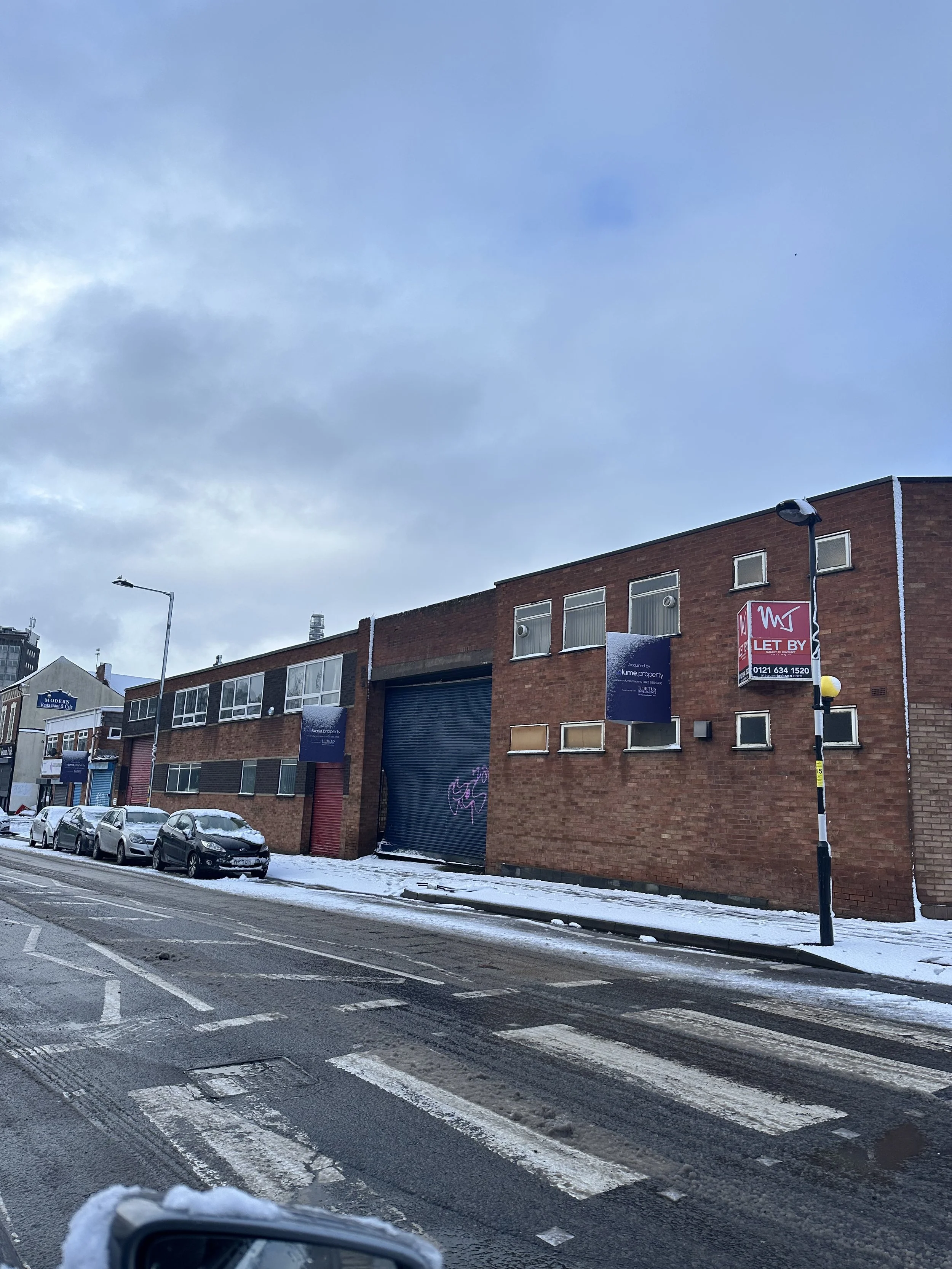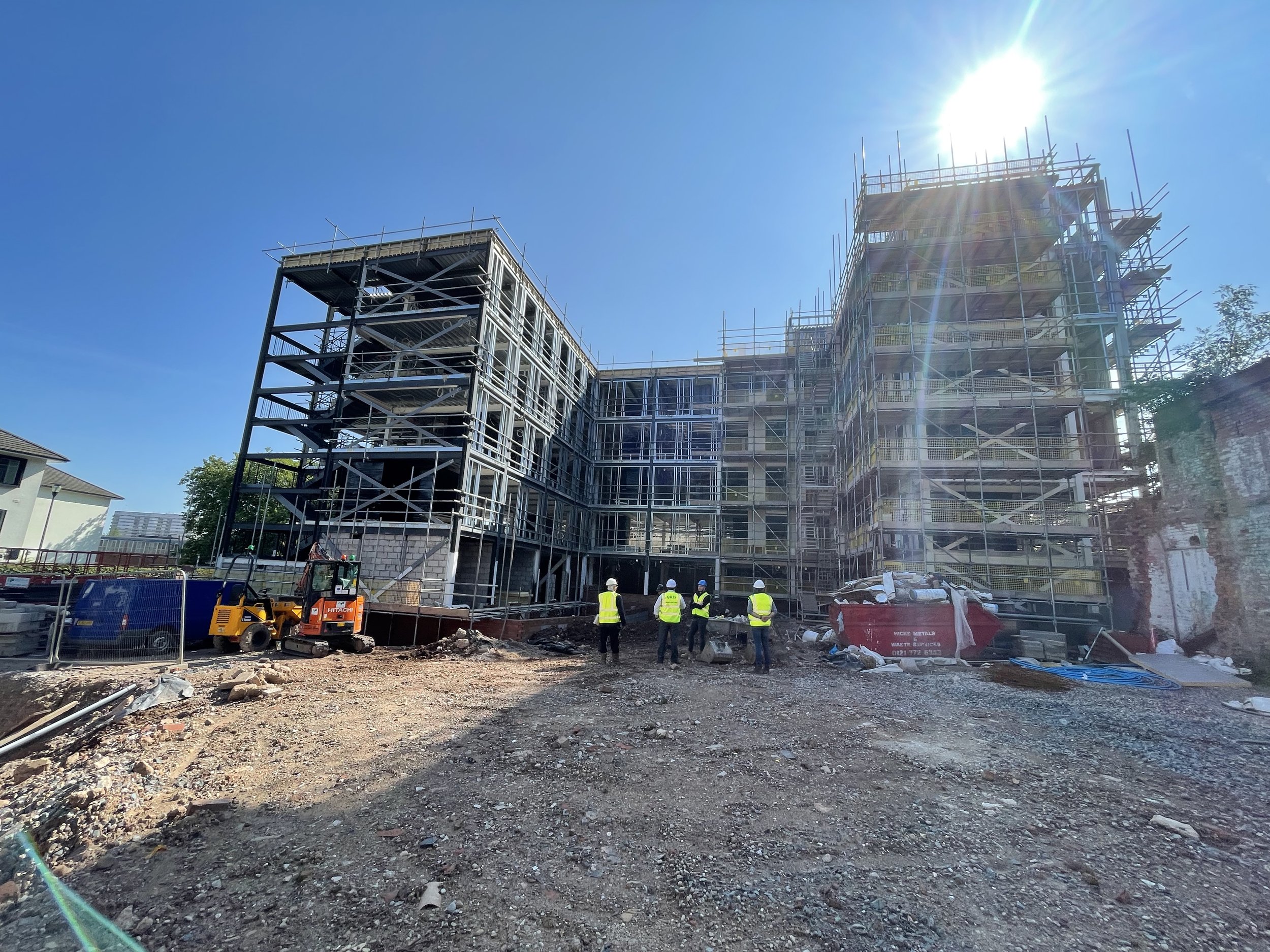Creating Inclusive Communities: Embracing Diversity in Development
As a property developer, I firmly believe in the power of inclusivity and the importance of creating communities that embrace diversity. In this article, we will delve into the significance of developing inclusive communities and the positive impact they have on residents' lives. We will explore the value of embracing people from different backgrounds, abilities, and ages, and discuss how incorporating features like universal design, accessibility, and community amenities can foster a sense of belonging and promote social integration. Join me as we explore the benefits of inclusive communities, design principles, and case studies that exemplify successful inclusive developments.
Embracing Diversity in Development:
Inclusive communities go beyond physical structures; they create spaces where people from all walks of life can thrive. By embracing diversity in property development, we foster a sense of belonging and promote social cohesion. This involves designing spaces that accommodate various needs, such as incorporating accessible features, considering cultural and socio-economic diversity, and ensuring inclusivity for individuals with disabilities or mobility challenges. By celebrating diversity, we create vibrant and harmonious communities.
The Benefits of Inclusive Communities:
Inclusive communities offer numerous benefits for both residents and developers. For residents, these communities provide a sense of belonging, social connection, and support networks. Inclusive designs promote independent living, enhance accessibility, and improve quality of life for individuals with disabilities or special needs. From a developer's perspective, inclusive communities have a broader market appeal, attract a diverse range of residents, and contribute to a positive reputation for the development.
Design Principles for Inclusive Communities:
Incorporating design principles that prioritize inclusivity is essential in creating welcoming environments. Universal design, for example, focuses on creating spaces that are accessible and functional for people of all abilities. This involves features such as wheelchair-friendly pathways, adjustable-height counters, and accessible common areas. Additionally, considering the cultural and social diversity of the community can help developers design spaces that cater to different preferences and traditions. Creating community amenities that encourage interaction and socialization further enhances the inclusivity of the development.
Case Studies of Successful Inclusive Developments:
Numerous successful case studies demonstrate the power of inclusive communities. For instance, developments that prioritize accessibility and universal design have proven to enhance the quality of life for residents of all ages and abilities. Projects that incorporate diverse housing options, such as affordable housing alongside market-rate units, promote socio-economic inclusivity. Additionally, mixed-use developments that blend residential, commercial, and recreational spaces contribute to vibrant and inclusive communities.
Collaboration and Community Engagement:
Creating inclusive communities requires collaboration and community engagement. Developers should actively seek input from potential residents, community organizations, and local authorities to ensure that the development meets the needs and aspirations of diverse individuals. Engaging in dialogues, conducting focus groups, and fostering partnerships with organizations that advocate for inclusion can help shape the design and amenities of the development.
Conclusion:
Creating inclusive communities is not just about constructing buildings; it is about fostering environments that embrace diversity, promote social integration, and provide a sense of belonging for all residents. By incorporating features like universal design, accessibility, and community amenities, developers can create spaces that cater to people of different backgrounds, abilities, and ages. Inclusive communities offer numerous benefits, enhance quality of life, and contribute to a harmonious society. By embracing diversity and designing with inclusivity in mind, developers have the opportunity to positively impact individuals' lives and create thriving, inclusive communities that stand as testaments to the power of unity and acceptance.




